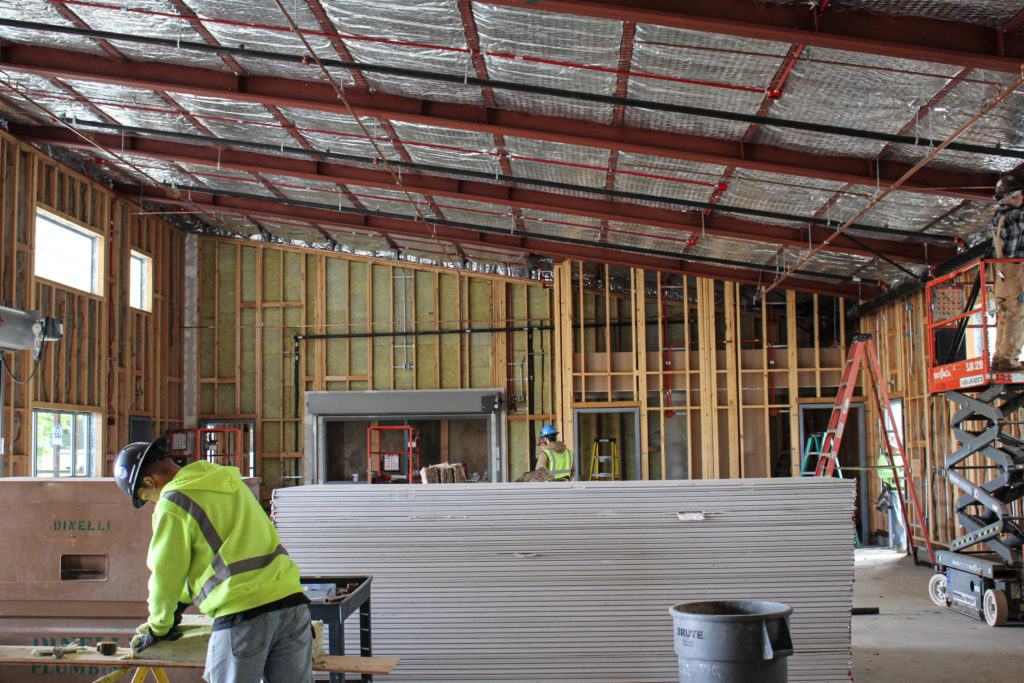
Before entering the architecture industry, I began my career as a union carpenter building custom homes and commercial projects. I worked with architects, engineers, and consultants discussing plan sets and specifications. During that period, I was able to obtain a General Contractor’s license and gathered useful tips along the way. The success of a project comes from the strong relationship of the general contractor and architect.
Here are some critical success factors:
Humility is key; hubris is dangerous. Architects do not know everything about building. Oddly enough, builders do not know everything about building, either. There is plenty to learn if you listen. As part of a collaboration effort, architects and builders must approach a project with an open mind and more importantly with open ears, ready to listen and learn from one another.
New is not always better. However, old methods and materials are not always the best either. Some architects and builders love new materials and methods for their own sake. Others refuse to look at anything not tried and true out of fear, or just discomfort from the unknown. Technology is improving, materials are evolving, and new methods are appearing almost daily (Did someone say 3-D concrete printing? How about wood high-rise buildings?). Not only is it important to stay on top of these trends, but to also evaluate them in light of why/how traditional solutions do or do not work.
Every choice of materials and methods affects the costs. When an architect specifies a material, fixture or building system to achieve a design goal, there is a corresponding ripple through the builder’s budget. This results in an out of pocket cost from the client or builder’s profit. For example, knowing the difference between labor and material costs for steel framing versus wood framing, can dramatically affect the budget and profit margin depending on the application. When a client has a tight budget, any changes in the process must be communicated between the builder and the architect.
Every submittal or substitution affects the design intent. A builder can derail a design (which can be altered by the client too, do not forget) by changing finish materials or fixture selections based on price or ease of installation.
This is not a non-profit endeavor. The time of both architects and builders is valuable. Asking one to do something for free, or taking their time away from the business at hand can cause friction in the team. Professionals respect each other and their time.
The more planning up front, the less problems later. Solving problems with mouse clicks is a lot cheaper than solving them with wood, steel or concrete. For architects, this means digging in to the way things go together, often down to the nuts and bolts level. Nothing is more frustrating for a builder than a design detail that cannot be built because it was not completely thought out.
Communication is always important. In order for a mutual understanding, both the architect and builder must spend time studying and clarifying plans to achieve the same design goals. A builder needs to devote enough time to the reviewing the plans to understand the project as much as the architect does, this includes the overall design intent.
The best projects are achieved with teamwork. When the builder, the architect and the client understand each other’s role, respect each other’s time and budget, and listen carefully to each other, any project will run smoothly.





